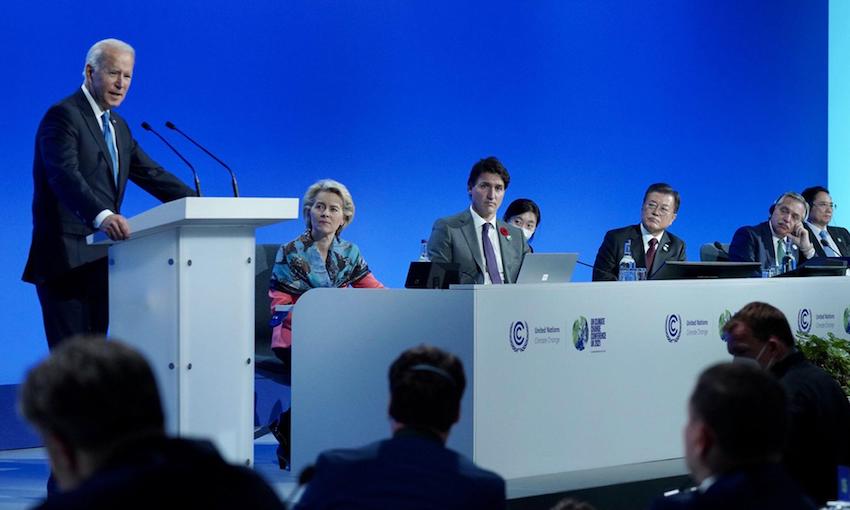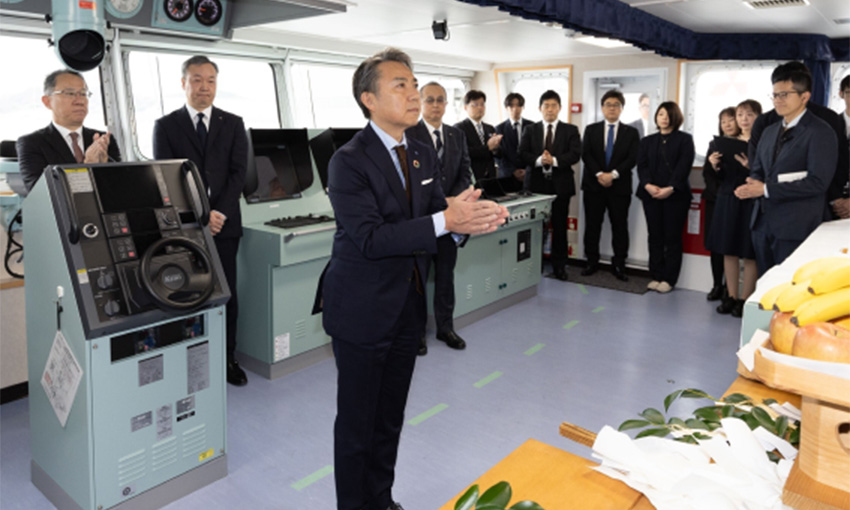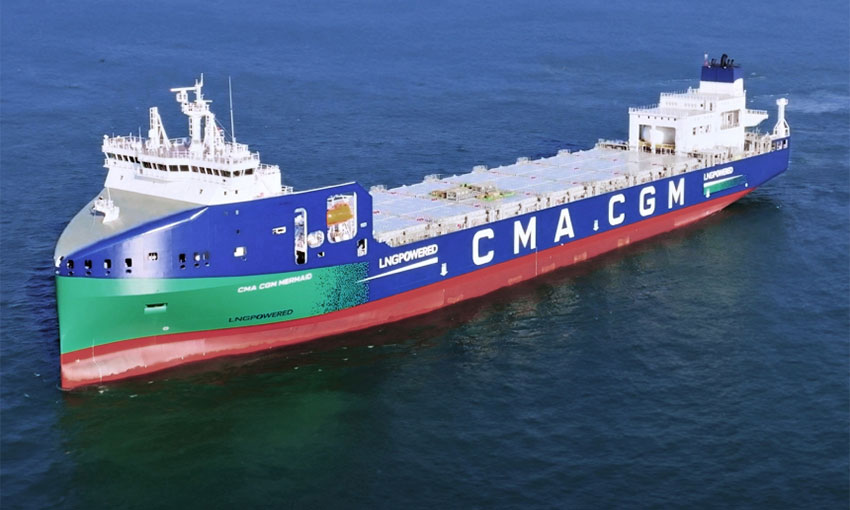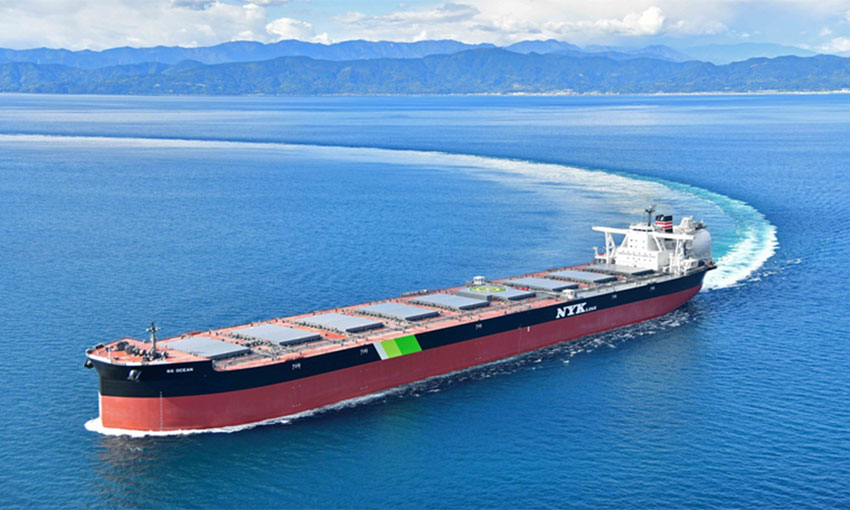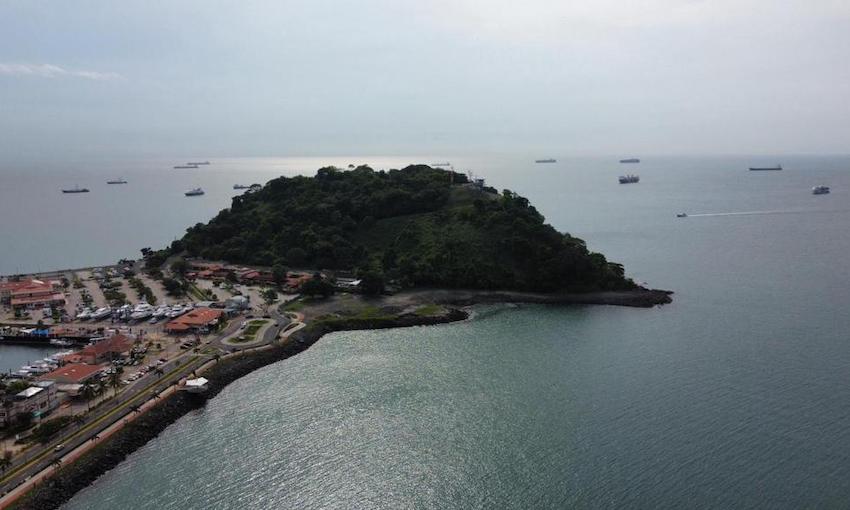SEA-LNG, a coalition of businesses across the maritime LNG value chain, has voiced its support for the Global Methane Pledge. SEA-LNG welcomes the increased backing for the pledge by countries attending the COP26 conference.
The Global Methane Pledge is positive news for LNG as a marine fuel, according to SEA-LNG. It believes stronger regulation of methane emissions should create more certainty for the shipping industry regarding LNG’s positive emissions benefits.
“The Global Methane Pledge is yet another step towards the recognition of the importance for measurement of greenhouse gas emissions from all marine fuels on a well-to-wake (WtW) basis, including carbon dioxide, methane, and nitrous oxides,” SEA-LNG said.
“Comprehensive WtW measurement is the only way to accurately compare the viability of future fuels in a decarbonised shipping industry.”
In total, 105 countries have signed the Global Methane Pledge agreeing to cut emissions by 30% from 2020 levels by the end of this decade, but the largest methane emitters including China, Russia and India remain outside the deal.
Methane is a greenhouse gas that has 80 times the warming potential compared to carbon dioxide – the biggest contributor to global warming – over a 20 year period, and drops to 28-34 times over a century.
Methane emissions come from sources such as livestock, oil and gas, landfills, and coal mining. The global pledge to reduce 30% of methane emissions is estimated to curb global warming by at least 0.2C by 2050, meaning methane reductions can yield near-immediate results unlike carbon reduction.
Today, engine manufacturers and LNG bunker fuel suppliers are already developing new technologies to address methane slip and fugitive emissions in the LNG supply chain.
Research by SEA-LNG and ESG consultant Sphera covering the use of LNG in the shipping industry identified very limited methane slip in the most common high-pressure 2-stroke slow-speed engines used in the industry today.
Technological improvements in other engine types have already resulted in large-scale reductions in methane slip. It is anticipated that as this work continues, methane slip will be negligible in all marine engine types by the end of the 2020s.
Looking to the future, bioLNG then renewable synthetic LNG will drive decarbonisation. Hydrogen, manufactured through the electrolysis of water using renewable electricity, when available at scale, will deliver a net-zero fuel for LNG powered vessels through the use of renewable synthetic LNG.
bioLNG as a drop in fuel will offer significant GHG emission reductions beyond what LNG already delivers today, up to 23% on a WtW basis.
Peter Keller, chairman of SEA-LNG said, “As we look to the future, methane reduction coupled with the growth of bioLNG products followed by the introduction of renewable synthetic LNG will be capable of providing the air quality and carbon-free future we all see as essential”.

